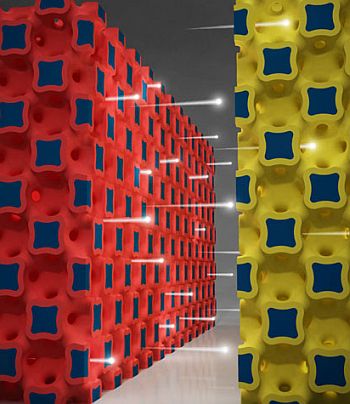Rethinking Inside The Box Brings ‘Super Battery’ Breakthrough

Illinois researchers learn that with great power comes great responsitivity – in 3D
Researchers are claiming a breakthrough which promises to increase substantially the power of batteries, or at least dramatically reduce their physical size. Scientists at the University of Illinois revealed the breakthrough in the journal Nature Communications.
They claim to have developed a new lithium-ion battery microarchitecture, which can concurrently optimise ion and electron transport for high-power delivery.
Power of 3D
This new micro-architecture theoretically could allow the manufacturer to build a battery of a similar size to the current generation of lithium ion batteries found in today’s smartphones, but with thirty times the power. This architecture could be tweaked to allow for much smaller batteries to be designed and built to power a range of more-compact tech gadgets. Researchers claim their technology could reduce the size of batteries ten-fold while offering the same power.
The team in Illinois have used “3D-electrodes” which allow these new super batteries to be recharged 1,000 times faster than the current generation of batteries.
When a device such a smartphone or tablet is connected to a battery, an electrochemical reaction occurs to produce energy. The battery itself has three parts, an anode, cathode and the electrolyte in which they are immersed. The team has reduced the size of the anode and cathode and their three-dimensional designs offer a greater surface are in contact with the electrolyte.
This first appeared on TechWeekEurope UK. Read the whole story here.